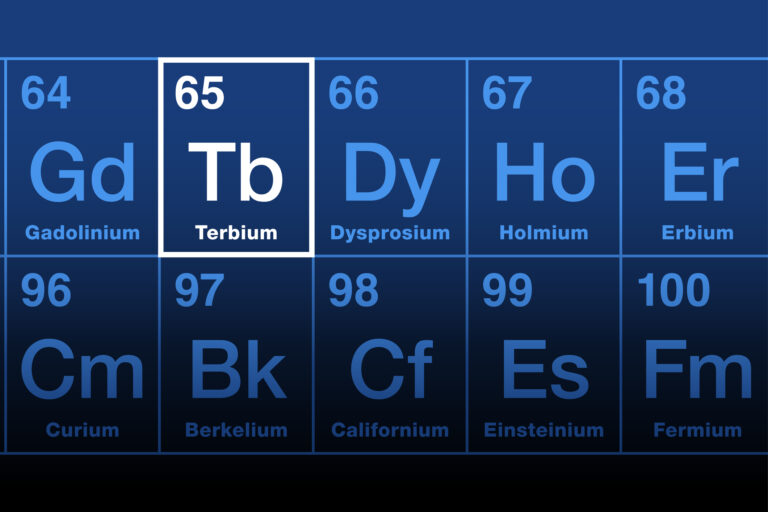Radiolabelled Monoclonal Antibodies
Radiolabelled monoclonal antibodies (mAbs) are a transformative tool in both diagnostic and therapeutic applications, especially within the fields of oncology and immunology. These conjugates combine the precision of monoclonal antibodies with the sensitivity of radionuclides, offering enhanced specificity and efficacy in detecting and treating diseases. By binding to specific antigens expressed on the surface of target cells, radiolabelled mAbs provide a powerful means to localise disease sites and deliver targeted radiation.
Mechanism of Action
The primary mechanism of radiolabelled mAbs lies in their ability to recognise and bind antigens with high specificity. Monoclonal antibodies are produced using hybridoma technology or recombinant methods, ensuring uniformity and precision in targeting. These antibodies are conjugated with radionuclides, which emit ionising radiation detectable by imaging modalities or capable of causing cellular damage. Depending on the radionuclide, mAbs can be utilised for either imaging (diagnostic) or therapy.
Diagnostic Applications
Radiolabelled mAbs are extensively employed in nuclear medicine for imaging tumours and inflammatory diseases. For instance, antibodies labelled with gamma-emitting isotopes such as technetium-99m or indium-111 enable single-photon emission computed tomography (SPECT) imaging, providing high-resolution images of antigen-expressing tissues. Similarly, positron-emitting isotopes like zirconium-89 allow for positron emission tomography (PET) imaging, which offers superior sensitivity and quantitative capabilities.
Therapeutic Applications
In therapy, radiolabelled mAbs deliver cytotoxic radiation directly to malignant cells while sparing healthy tissues, minimising systemic side effects. Alpha-emitting radionuclides such as actinium-225 and astatine-211 are particularly effective for targeted radiotherapy due to their high linear energy transfer (LET) and limited range, causing double-strand DNA breaks in tumour cells. Beta-emitting radionuclides, including yttrium-90 and lutetium-177, are also commonly used for treating haematological malignancies and solid tumours.
Challenges and Future Directions
Despite their significant promise, radiolabelled mAbs face several challenges. Immunogenicity, pharmacokinetics, and the limited availability of certain radionuclides can hinder their widespread adoption. Additionally, the conjugation process must preserve antibody specificity and affinity, which can be technically demanding. Advances in site-specific labelling techniques and the development of humanised or fully human antibodies are addressing these challenges.
The integration of radiolabelled mAbs with personalised medicine approaches is an exciting frontier. By tailoring therapies to individual patients’ tumour antigen profiles, it is possible to achieve even greater precision and efficacy. Furthermore, combining radiolabelled mAbs with other modalities, such as immunotherapy or chemotherapy, holds promise for synergistic effects.
In conclusion, radiolabelled monoclonal antibodies represent a pivotal advancement in targeted medicine. Continued research and innovation in this field are poised to refine their applications, transforming the landscape of diagnostics and therapeutics for complex diseases.
You are here:
home » Radiolabelled Monoclonal Antibodies

